44 bad fats on food labels
Understanding Food Nutrition Labels | American Heart Association Mar 06, 2017 · Not all fats are bad , and total sugars can include both natural and added sugars. Limit the amounts of added sugars , saturated fat and sodium you eat, and avoid trans fat. When choosing among different brands or similar products, compare labels and choose foods with less of these nutrients when possible.. 4 - Get enough of the beneficial ... Good Fats vs. Bad Fats: Everything You Need to Know - Healthline high fat dairy foods (whole milk, butter, cheese, sour cream, ice cream) tropical oils (coconut oil, palm oil, cocoa butter) lard, Eating too much saturated fat can increase blood cholesterol...
Diabetic Food List: Best and Worst Choices - WebMD Natural sources of vegetable fats, such as nuts, seeds, or avocados (high in calories, so keep portions small) Foods that give you omega-3 fatty acids, such as salmon, tuna, or mackerel

Bad fats on food labels
How To Read Food and Beverage Labels - National Institute on Aging At the top of the Nutrition Facts label, you will find the total number of servings in the container and the food or beverage's serving size. The serving size on the label is based on the amount of food that people may typically eat at one time and is not a recommendation of how much to eat. Read more about serving and portion sizes. Fat Content on Food Labels - Reading Between the Lines The Mayo Foundation continued, "Still, you may be able to tell if a product contains trans fat, even if it's not directly listed on the food label. Look for the words ' hydrogenated ' or 'partially hydrogenated' in the list of ingredients. These terms indicate that the product contains trans fat. Food Labels: 5 Harmful Ingredients To Avoid | ThePostGame.com Here are some of the worst ingredients that are added to many foods that you should look out for and avoid: Partially Hydrogenated Oil, Partially hydrogenated oil is another name for a trans fat....
Bad fats on food labels. 8 misleading food marketing labels | AGDAILY It turns out that many, if not most of them, really aren't. Here are 8 of the most common misleading food marketing claims: 1. No nitrites or nitrates added. Although this particular labeling regulation may be changing soon, you may have noticed the "No Nitrites or Nitrates Added" label on processed meat products, such as deli meats and ... Added Sugar | The Nutrition Source | Harvard T.H. Chan School ... The average American adult, teenager, and child consumes about 17 teaspoons of added sugar a day, or about 270 calories. [1] While we sometimes add sugar or sweeteners like honey to food or beverages, most added sugar comes from processed and prepared foods. The leading sources of added sugars in the U.S. diet are sugar-sweetened beverages ... Clean Fats Vs. Bad Fats - Giant Sports International If you can, you should aim for 0% trans fat in the foods you eat, but if you can't do this, at least make sure the percentage is as low as possible - 0.5% or less. The bad press that trans fat is getting these days is well-deserved because most nutrition experts say that this type of fat is worse than any other type, including butter and lard. Dietary Fats: What's Good and What's Bad - familydoctor.org All food companies have to list trans fats on nutrition fact labels. However, foods can have up to .5 grams of trans fat per serving and still show 0 grams. Check the ingredients list and look for the words "hydrogenated oil." You should limit saturated fats and avoid trans fats. They often are found in fast food, fried foods, and snack foods.
How to Read Food Labels Without Being Tricked - Healthline Still, processed foods that are labeled low-carb are usually still processed junk foods, similar to processed low-fat foods. Made with whole grains. The product may contain very little whole ... What Are the Fats Not Listed on Nutrition Labels? - SFGATE The best-known polyunsaturated fats, omega-3 fatty acids, prevent inflammation, reduce triglycerides and may lower your risk of death from coronary heart disease. Good sources of polyunsaturated... Top 10 High Fat Foods to Avoid - myfooddata Read ingredient labels and avoid any trans or partially hydrogenated fats or oils. High-fat foods to avoid include fast foods, whipped cream, fatty meats, fried foods, fatty snacks, processed meats, desserts, fatty salad dressings, animal fats, and trans-fats. ( 1) The daily value (DV) for fat is 78 grams per day. ( 2) 7 Hidden Messages In Packaged Food Labels — Eat This Not That As for trans fat, while some trans fats are created naturally in some foods (but in very small amounts), most items with partially hydrogenated trans fat can increase blood cholesterol, LDL cholesterol, and triglyceride levels. In short, it could increase your risk of cardiovascular disease. In short, be wary of items with a high trans-fat count.
How to Read Nutrition Facts Labels the Right Way - GoodRx However, foods that contain less than 0.5 g per serving are allowed to list the trans fats as 0 g on a nutrition label, so consumption of these fats is still possible. Foods that may contain small amounts of trans fats include: Packaged baked goods. Ready-to-eat frozen meals. Refrigerated doughs. Fried foods. Margarine. Shortening How to Read a Food Label & How to Find Unhealthy Hidden Ingredients If the food label has partially hydrogenated oil in it, it has trans fat. Foods that commonly contain partially hydrogenated oils are baked goods, fried foods, snacks and creamer and margarine (13). Avoid any products that list one of these ingredients " partially hydrogenated ," " fractionated ," " shortening " or " hydrogenated ". Food labels - NHS These labels provide information on the number of grams of fat, saturated fat, sugars and salt, and the amount of energy (in kJ and kcal) in a serving or portion of the food. But be aware that the manufacturer's idea of a portion may be different from yours. Some front-of-pack nutrition labels also provide information about reference intakes. Easy Guide to Understanding Food Labels When You Have High ... - MyDoc Trans fat is more harmful and damaging to the arteries as it raises LDL (bad) cholesterol and lowers HDL (good) cholesterol. Ideally, best to get 0 grams of this per day. Keep in mind that manufacturers can list their products as 0 grams if it has less than 0.5 grams of trans fat per serving.
Figuring Out Food Labels (for Kids) - Nemours KidsHealth Total fat includes all the different kinds of fat in 1 serving of the food. Saturated fats and trans fat are listed under total fats. They are often called "bad fats" because they raise cholesterol and increase a person's risk for developing heart disease. Unsaturated fats are often called "good fats" because they don't raise cholesterol levels.
Interpreting Total Fat and Types of Fat on Food Labels - Nina Cherie ... Trans fats and, in some cases saturated fats, are considered "unhealthy" or "bad" while monounsaturated and polyunsaturated (omega-3) fats are generally healthier alternatives or "good" fats. Saturated fats are naturally found in animal-based foods including meats, dairy products and eggs.
Fats | Nutrition.gov Read about saturated fat - what it is, where it is found, and how you can use the Nutrition Facts Label for reducing saturated fat in your diet. The Skinny on Fat, HHS, National Institutes of Health, Fat is an essential nutrient for our bodies. It provides energy. It helps our guts absorb certain vitamins from foods.
Food Labels: Fat & Cholesterol | Home & Garden Information Center Eating too much total fat, saturated fat, trans fat or cholesterol may increase your risk of certain chronic diseases, like heart disease, high blood pressure and some cancers. Facts on Food Labels, Food labels contain clues to a food's fat and cholesterol content, including the amount per serving.
How to Understand and Use the Nutrition Facts Label | FDA - U.S. Food ... Saturated fat, sodium, and added sugars are nutrients listed on the label that may be associated with adverse health effects - and Americans generally consume too much of them, according to the...
Which Fats Are Good & Bad for Your Health? - eMediHealth There are "good fats" that should be added to the diet, and these are unsaturated fats that contain monounsaturated and polyunsaturated fats. Olive, canola, peanut, sunflower, and coconut oils contain monounsaturated fats. Examples of polyunsaturated fats include: Safflower, Corn, Soybean, Cottonseed, Sunflower, Palm kernel oils,
Understanding Ingredients on Food Labels | American Heart ... Mar 06, 2017 · There are many terms used for sugar on food labels. You might see sugar listed as the fourth ingredient in a product and think it’s not so bad. But sugar can also be listed as high-fructose corn syrup or corn syrup, agave nectar, barley malt syrup or dehydrated cane juice, to name just a few. Read more about sugar and sweeteners.
Fats and Cholesterol | The Nutrition Source | Harvard T.H ... Foods high in good fats include vegetable oils (such as olive, canola, sunflower, soy, and corn), nuts, seeds, and fish. “Bad” fats — trans fats — increase disease risk, even when eaten in small quantities. Foods containing trans fats are primarily in processed foods made with trans fat from partially hydrogenated oil.
Food Labels | CDC - Centers for Disease Control and Prevention If you eat the whole thing, you are eating 8 times the amount of calories, carbs, fat, etc., shown on the label. Total Carbohydrate shows you types of carbs in the food, including sugar and fiber. Choose foods with more fiber, vitamins, and minerals. Choose foods with lower calories, saturated fat, sodium, and added sugars. Avoid trans fat.
Good Fats, Bad Fats :: Diabetes Education Online "Bad" fats also cause clogging of your blood vessels, or athersclerosis. If there is a block in the blood flow to your heart, this can lead to a heart attack. If the blood vessels in your brain are blocked, this can lead to a stroke. "Bad" fats increase your risk for coronary heart disease, and need to be limited in your diet: Saturated fats,
Food Label Detective: How to Spot the Good Fats Trans fats are known to adversely affect blood vessels and raise bad (LDL) cholesterol. Saturated fat is found mainly in animal sources of food, such as butter, cheeses, red meat, and other fatty meats. It has been found to increase the risk of heart disease.
How to Read Food Labels for Fats and Oils A Note on Ingredient Lists. Fats and oils can come from many sources, like animal fats, fish, seeds, plants, and nuts. Reading the ingredient lists on products will reveal the source of the fat. For oils and fats ingredient lists, fats and oils are referred to by their common names (e.g., "beef fat," "cottonseed oil").
Top 5 Sources of Bad Fats - Straight Health 4. Partially hydrogenated Oils. Partially hydrogenated oils add trans fats (worst type). Sources include most junk foods, non-natural peanut butter, fast food, vegetable shortening and margarine. To avoid trans fat, check the nutrition label and make sure the food is not made with partially hydrogenated oil. 5.
Trans Fats: The Truth in Labeling | Atkins After 2006, when the new labeling laws go into effect, the FDA will still allow manufactucturers to list "zero" under trans fats if there is less than ½ gram per serving of the food. They will also permit manufacturers to say "zero trans fats" on the label if a serving size contains a half gram or less. This is a bad rule that needs changing.
On some food labels, there is also just an indication of how much fat is contained in a product but there is no differentiation between good and bad fats. Even though all kinds of fats contain a similar amount of calories, there are still huge differences regarding their health effects.
The Best And Worst Foods For Heart Health, According To ... Aug 24, 2022 · “Foods labeled as low or no-fat give the illusion of being healthy, but it may be just the opposite,” he said. “To maintain taste, as fat is taken out, more sugar is pumped in. Read food labels to see how many grams of sugar may have been added as a fat substitute. Many types of natural fats are healthy so no-fat is not necessarily healthier!
Food Labels: 5 Harmful Ingredients To Avoid | ThePostGame.com Here are some of the worst ingredients that are added to many foods that you should look out for and avoid: Partially Hydrogenated Oil, Partially hydrogenated oil is another name for a trans fat....
Fat Content on Food Labels - Reading Between the Lines The Mayo Foundation continued, "Still, you may be able to tell if a product contains trans fat, even if it's not directly listed on the food label. Look for the words ' hydrogenated ' or 'partially hydrogenated' in the list of ingredients. These terms indicate that the product contains trans fat.
How To Read Food and Beverage Labels - National Institute on Aging At the top of the Nutrition Facts label, you will find the total number of servings in the container and the food or beverage's serving size. The serving size on the label is based on the amount of food that people may typically eat at one time and is not a recommendation of how much to eat. Read more about serving and portion sizes.
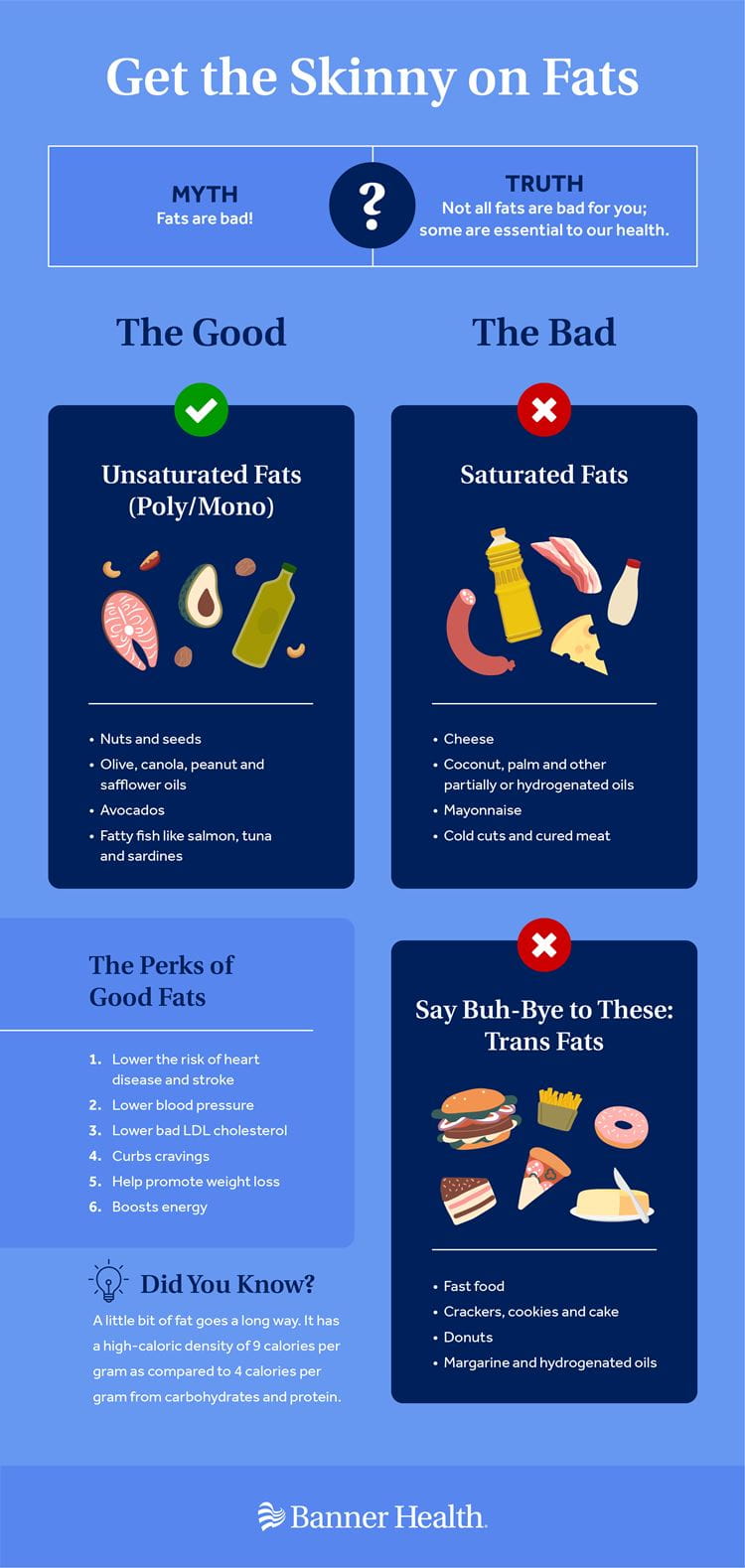
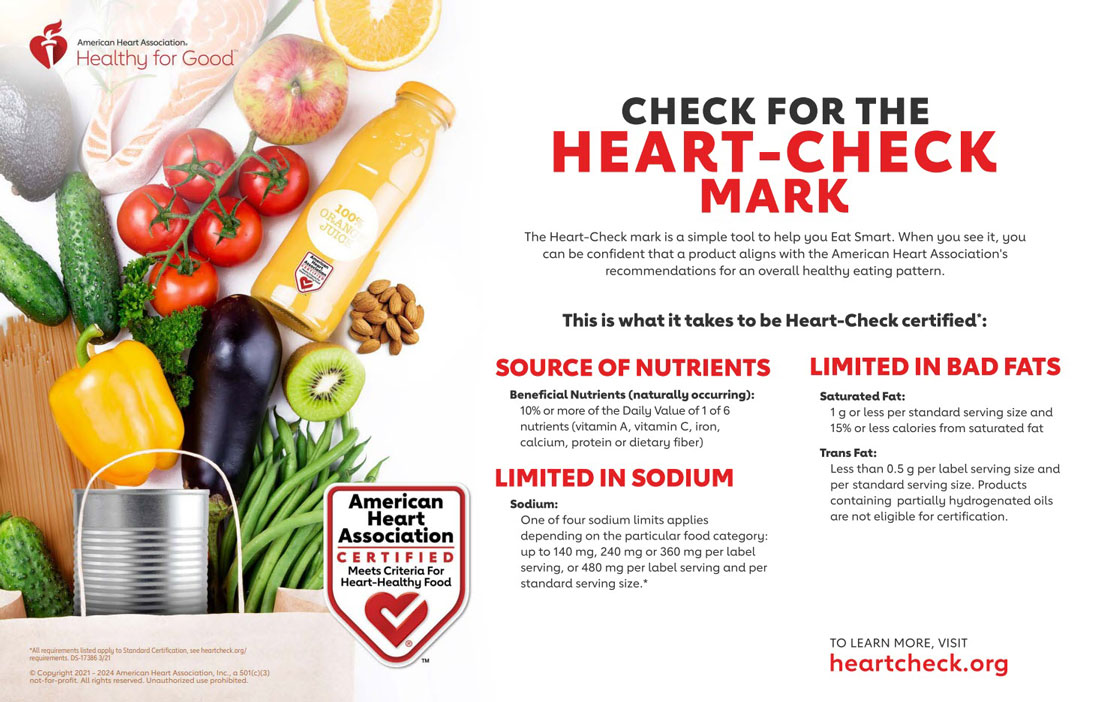
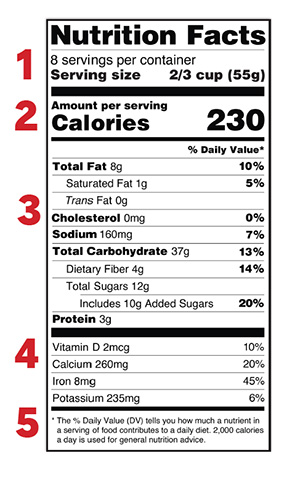

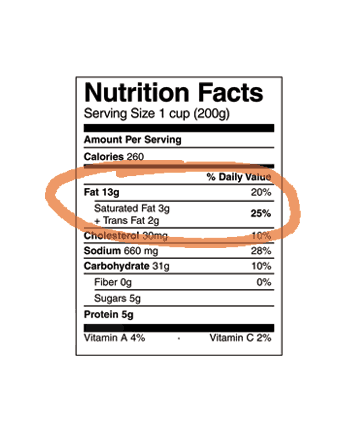







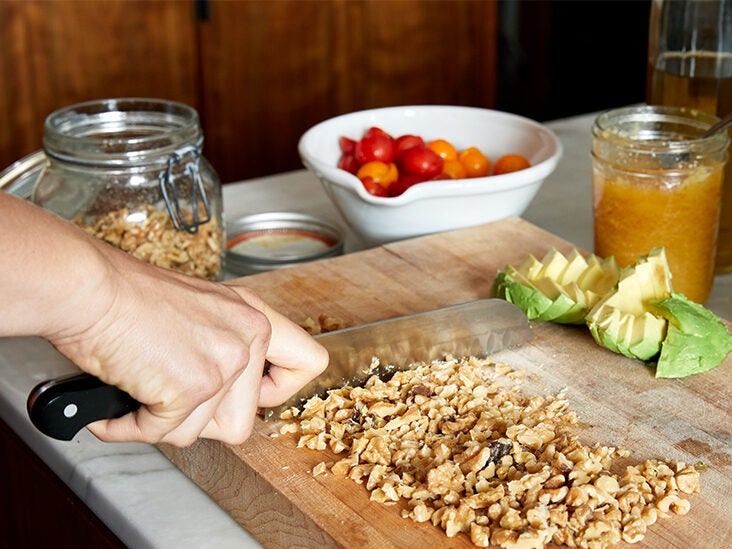



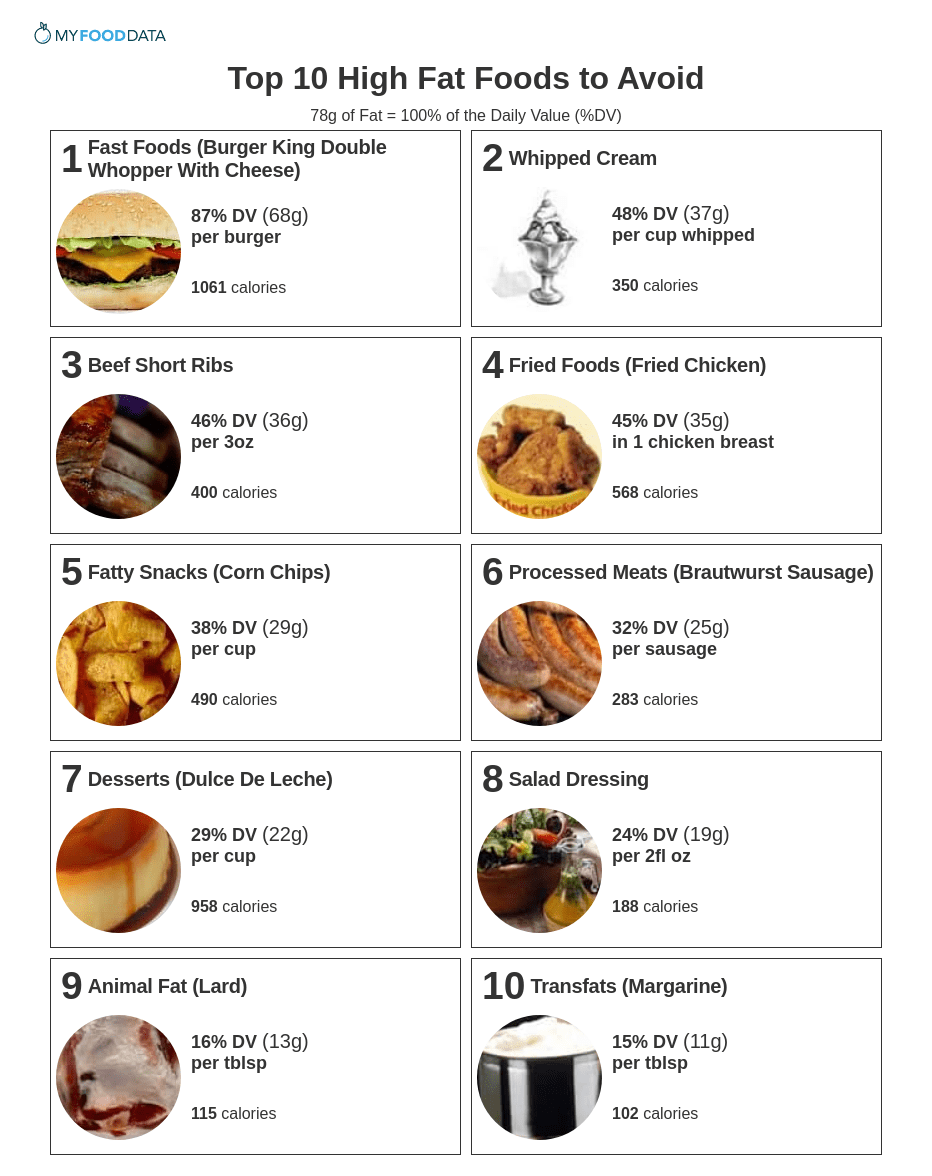

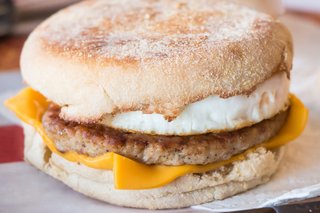

/saturated_fats-56a471143df78cf772826ad5.png)
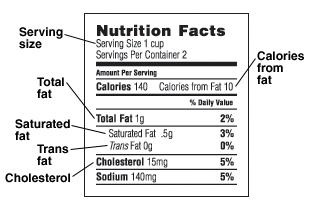
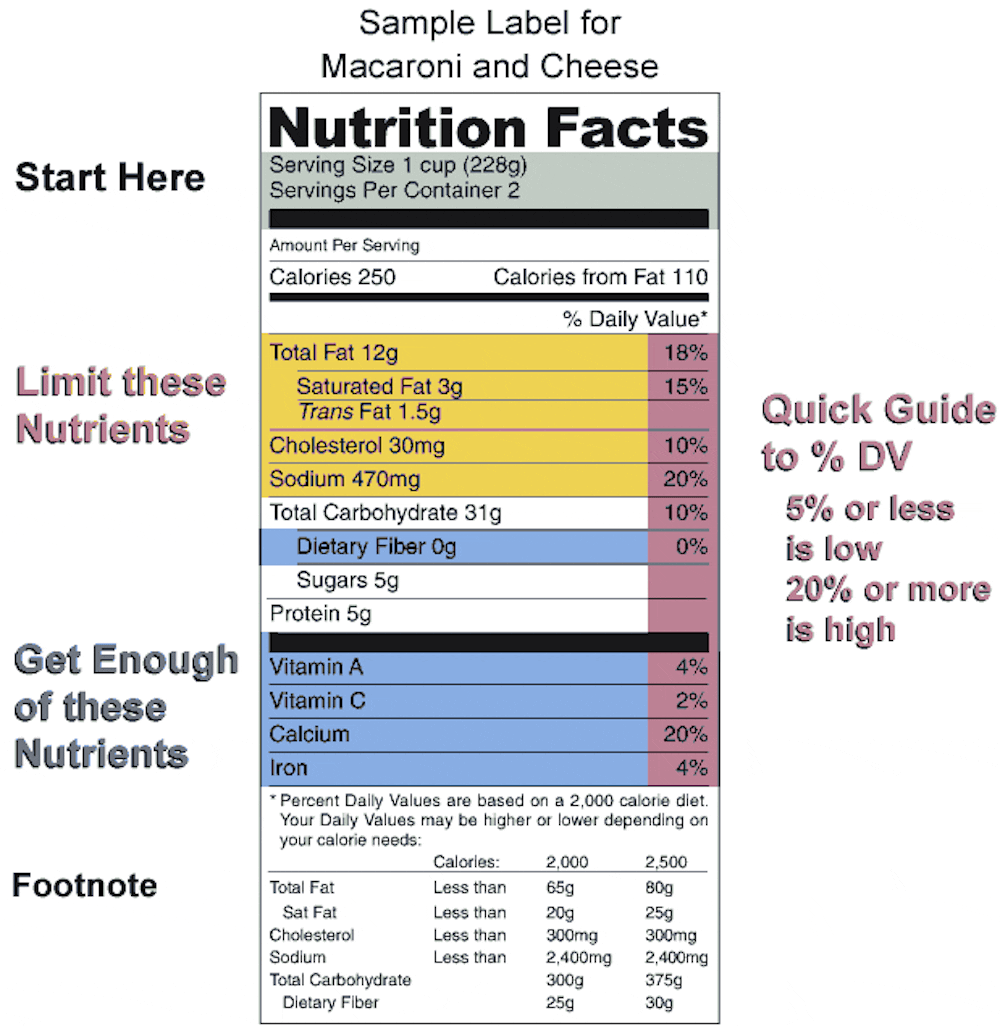


/Untitled-design-1--5755c3703df78c9b46903dab.jpg)
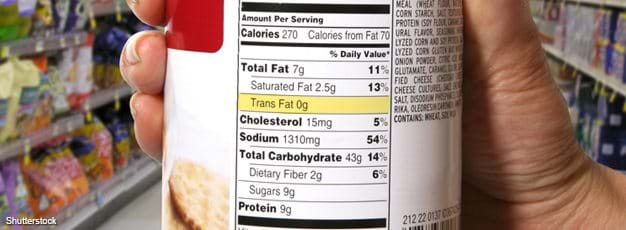



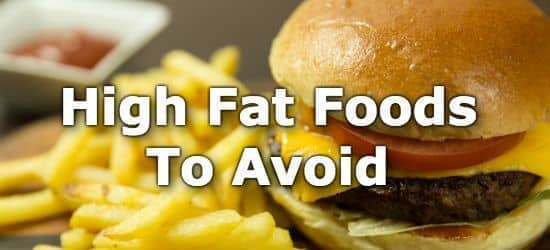
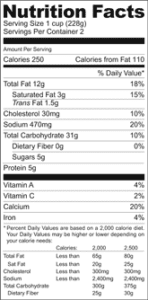


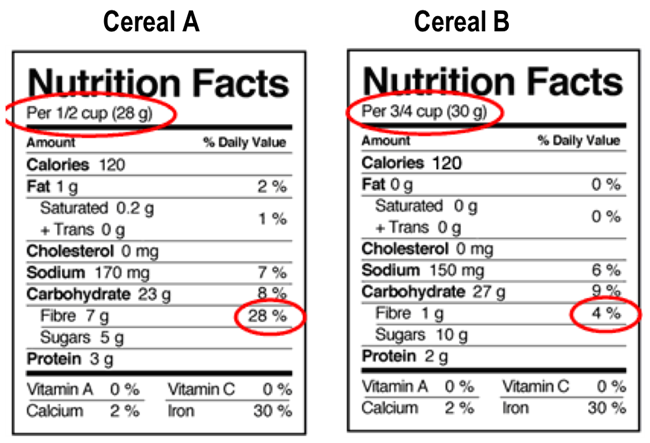
Post a Comment for "44 bad fats on food labels"